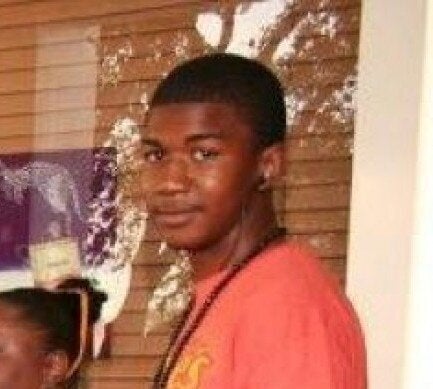1) Q. You predicted at the start of the trial that George Zimmerman would be found not guilty. Why were you certain of the result?
The prosecution's critical mistake was over-charging Zimmerman with murder. It required proof that Zimmerman had acted with ''ill will or hatred'' and set out to harm Trayvon Martin when he left his car prior to the shooting. The evidence at the trial didn't support the charge. Although the jury was given the option of finding Zimmerman guilty of the lesser charge of manslaughter, the focus at the trial, including the prosecutors' closing arguments, was on the second degree murder charge.
2) Q. What was the biggest surprise at the trial?
The favourable evidence of the former lead investigator, Chris Serino. The prosecution, in another major blunder, introduced a series of statements and a video re-enactment that Zimmerman had provided the Sanford police in the initial investigation. The defence relied on the statements to advance a position of self defence without exposing Zimmerman to a risky cross-examination. The prosecution pointed to the inconsistencies and ''so many lies'' in the defendant's accounts. Chris Serino's belief that the inconsistencies in the statements didn't reveal Zimmerman's deception damaged the prosecution's case.
3) Q. Who were the most important witnesses at the trial?
Dr. Vincent Di Maio, the defence forensic pathologist, gave impressive testimony that supported the defence contention that Trayvon Martin was leaning over George Zimmerman when he was shot and that Zimmerman's injuries were consistent with his head being hit against concrete. A second defence witness, Olivia Betalan, a former neighbour of Zimmerman's, testified that her home was broken into by a couple of intruders a short time before the shooting. The jury of six women, including five mothers, could empathize with Betalan's terrifying account of holding her child and a pair of scissors as she hid in her bedroom during the break-in. She also portrayed Zimmerman as a caring neighbourhood watch volunteer in contrast with the prosecutors' image of a profiling vigilante.
4) Q. The jury deliberated for 16 hours and 20 minutes before reaching its verdict. Is this unusual?
In a murder trial with three weeks of evidence and two separate charges, that is a quick verdict. The fact that only six jurors were deliberating also hastened the verdict. When the jurors are eventually interviewed, I anticipate that they will say that the evidence of George Zimmerman acting in self-defence was overwhelming.
5) Q. Are George Zimmerman's legal troubles over?
The Justice Department is investigating whether Zimmerman violated any civil rights laws. A hate crime requires proof beyond a reasonable doubt that Zimmerman's shooting of Trayvon Martin was motivated by racial prejudice. The Justice Department will review the available evidence and conclude that a federal prosecution isn't warranted. Zimmerman will likely be facing a wrongful death civil suit launched by Trayvon Martin's family. He will be compelled to testify at the civil trial but in the event that the lawsuit is successful, Zimmerman's present financial situation is quite limited.
6) Q. The Zimmerman trial has been followed by protests in cities across America. Rev. Al Sharpton called the result ''a slap in the face'' to anyone believing in justice in America. Is there reason to question the jury's verdict?
The jury was presented with independent evidence that there was a fight in the moments before the shooting with Trayvon Martin straddling Zimmerman on top and hitting him on the ground. Zimmerman suffered head and facial injuries that were consistent with the eyewitness account of the struggle. There were no witnesses who could testify whether Zimmerman or Martin started the fight. There was clear and convincing evidence for the jury to find that George Zimmerman feared great bodily harm when he shot and killed Trayvon Martin. This is the broad legal standard of self defence in the state of Florida. The notion that the verdict was a miscarriage of justice is misguided.
